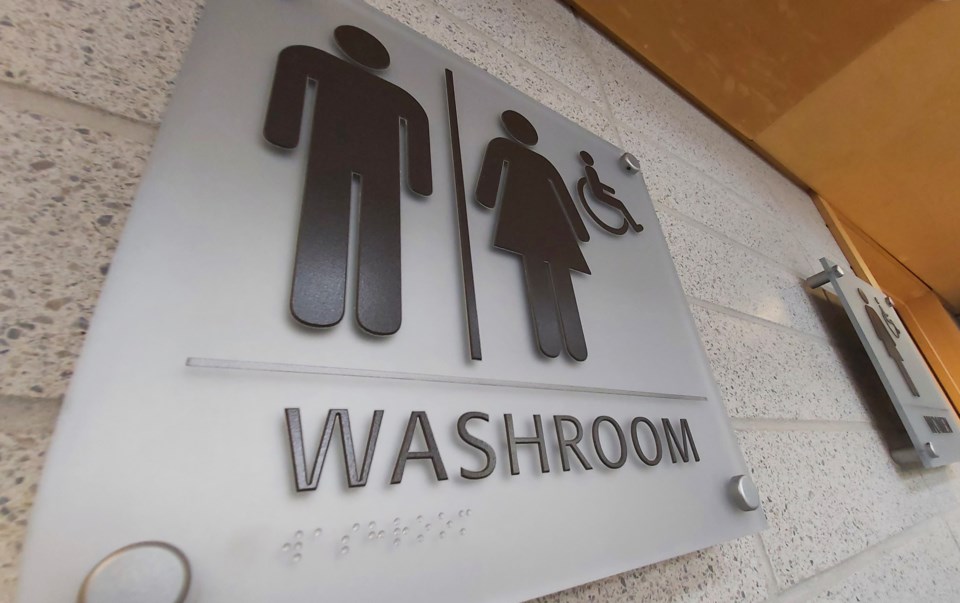When you’ve got to go, you've got to go. But where’s the nearest public washroom and is it open?
Those are among the questions posed through a study underway from the City of Guelph and The Guelph Lab, which is a partnership between the City and University of Guelph which conducts various research projects in an effort to inform municipal policy, programs and services.
“These facilities serve a basic human function,” said Stacey Laughlin, the city’s downtown revitalization advisor. “It’s a basic human need for everybody.”
The study is intended to highlight where more public washroom access may be needed throughout Guelph so they can potentially be included in future capital projects in those areas.
“From a tourism perspective, people visiting downtown, there’s limited facilities. Can we increase tourism by providing those facilities?” Laughlin wonders.
The study is in its early stages at this point. It has so far involved gathering details about the locations and operating hours of municipally run washrooms – in parks, libraries, community centres, city hall and more – as well as what times of year they’re open.
“We’re also going to be looking at what’s the catchment area, for want of a better word, for each washroom,” explained Sam Laban, facilitator at The Guelph Labs. “The easy thing would be to do a 500-metre radius as the crow flies, but often that isn’t realistic.”
Municipally-run washrooms are open to everyone, in contrast to washrooms made available to “customers only” at local businesses, Laban noted.
At this point, washrooms provided by other levels of government and Crown corporations aren’t included in the study.
“In practice, those things may not be public,” said Laban. “Down the line, as we’re thinking about ‘How could we increase access?,’ we could look at those things and maybe there’s things we could do as a city to kind of re-frame how people understand some of those washrooms.”
A “first analysis” should be completed in a month or two, Laban said.
No specific incident or issue inspired the study, Laughlin said, noting, “We do hear a lot about the need for public washrooms.”
The need for more permanent, public washrooms with increased availability was identified in a staff report following a two-month, 2009 pilot project that saw open air public urinals, known as pissoirs, set up in the downtown core.
“In concluding this pilot project, staff are of the opinion that it has been clearly demonstrated the public will utilize pissiors if provided,” the report states, noting pissoirs don’t address gender and accessibility-related washroom needs.
In turn, city officials reached out to municipalities in western Canada to inquire about their use of pissoirs.
“It was found in each case the pissoirs complemented existing, permanent washrooms,” the report notes. “The expectation was women and persons with accessibility requirements would avail themselves of these permanent facilities.”
